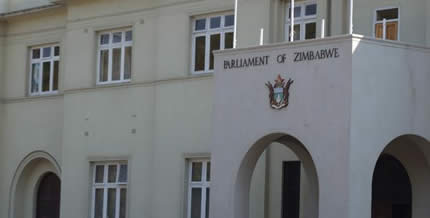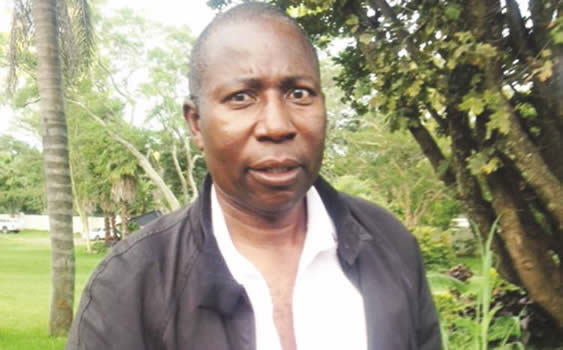Editorial Comment: Cutting the behemoth down to size

 Prior to the 2013 harmonised elections, there were some murmurings from various quarters that we were about to elect an unnecessarily large Parliament.
Prior to the 2013 harmonised elections, there were some murmurings from various quarters that we were about to elect an unnecessarily large Parliament.
But perhaps caught up in the adrenaline rush that comes with any major national electoral contest, the matter was largely brushed aside and we headed to the polls to vote.
Naturally, the politicians were not too concerned about the size of the Parliament. After all, increasing the number of seats from 303 in 2008 to 350 in 2013 meant that 140 more people could be accommodated.
The size of our Parliament has grown since independence in 1980, when we had 100 representatives.
The arguments for the growth in the number of legislators usually centre on the fact that the country’s population is also growing and thus while constituency boundaries shrink, the actual number of people in them is sufficient to have a representative at Parliament Building.
The more cynical would say the number of representatives is increased so that more people can feed at the trough. It is an uncharitable view, to a large extent, but one which finds easy justification when one considers that MPs appear more concerned with getting all-terrain vehicles than they are about doing the very necessary work of aligning laws to the new Constitution.
Then there are, also, arguments premised on expediency relating to the political context that Zimbabwe found itself in through the years of the inclusive Government which were characterised by somewhat abrasive contestation for space.
And while Zimbabwe’s population has indeed been growing over the decades of independence, it does not seem to have grown to the extent that we really do need to have this many legislators for our nation.
Perhaps it can be looked at in this way: Zambia has a population roughly the same as ours, but they have 160 legislators — almost half those in Zimbabwe. Of course, Zambia’s political and economic context is different, but it still is difficult to justify the size of our Parliament.
Mozambique, next door, has nearly double Zimbabwe’s population (24 million people) but has 100 less legislators. Angola has 18 million people and 220 MPs, and South Africa’s 52 million people — four times the number of those in Zimbabwe — are represented by just 50 more MPs than those we have here.
India has a population of 1,2 billion people. It is the second-largest country in the world by population size and conducts the biggest democratic electoral process present, as we saw at their recent polls.
That massive electorate selected 790 legislators this year.
In ratio terms, it means Zimbabwe has one MP for every 37 000 citizens, compared to 81 000 in Zambia, 96 000 in Mozambique, 130 000 in South Africa and 1,5 million in India.
Is there any need to point out that all these countries we are comparing so poorly with actually have better performing economies than ours, and have been thus for many years now?
Today MPs are complaining that they are not getting their allowances, they lament that they do not have vehicles, and are apoplectic that they have to borrow money to come to Harare.
Did they think of any of these things just one year ago when they were campaigning mightily to get into Parliament?
At the end of the day we cannot blame them, though. They are politicians and they will continue to act like politicians.
What we do need to see though — seeing as it would cause political mayhem to try and trim the size of Parliament mid-term — is the citizens of this country applying pressure on Government to reduce the size of this behemoth.
This is particularly imperative seeing as many MPs are simply there to make up the numbers and offer nothing tangible to our national development.








Comments